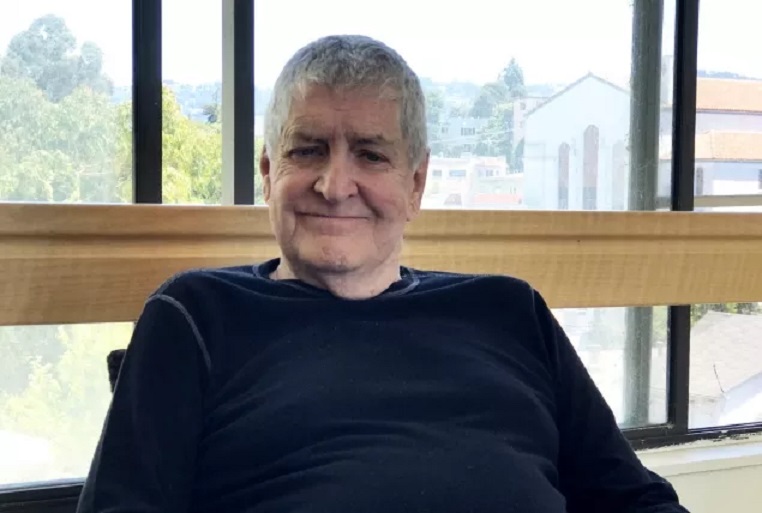Article written for the 2019-2020 Affordable Housing Guidebook by Chris Hess, Former VP of Resident and Community Services at SAHA.
There’s an extraordinary demand for affordable housing in the Bay Area: Each time developers erect a new affordable home, hundreds or even thousands of applicants apply. These days, in order to apply for an affordable home, an applicant must first literally win a lottery, and then be ready with documents, references and timely responses when their name is drawn. Currently unhoused applicants – those most in need – find it very difficult to navigate these hurdles.
How “Voluntary Preference” Programs Help Us House the Most Vulnerable
While most affordable housing providers operate waitlists, it’s not always easy to ensure that currently unhoused people have access to them. That’s why Satellite Affordable Housing Associates (SAHA) has successfully pioneered a “voluntary preference” housing access program that’s moving people off the streets and into homes.
How the “voluntary preference” program works
Traditionally, developers have used “homeless set-asides,” which require developments to designate a certain number of units for previously unhoused people in exchange for certain types of new construction funding from the Department of Housing and Urban Development (HUD). Our existing buildings were often built before homeless set-asides were required. When an apartment became available, we would simply move to the next person on the waitlist.
Under the voluntary preference program, we instead prioritize unhoused applicants. In five existing properties, we fill vacancies until unhoused applicants occupy 20% of units in that building. We then send letters to everyone on the waitlist asking if they’re currently experiencing homelessness; if they are, we send a third party verification letter. When we receive it, we move qualified unhoused applicants to the top of existing waitlists. When all unhoused applicants on our waitlists have been housed, we reach out to coordinated entry systems for the next applicant.
The preference system is voluntary and does not have permanent supportive housing funding attached (unlike HUD set-asides, which sometimes include funds for permanent supportive housing). In order to support those who need it, SAHA has partnered with Alameda County to fund housing navigation and case management in partnership with Lifelong Medical Care and Abode Services. So far, our voluntary preference strategy has brought 45 formerly homeless seniors into subsidized affordable units.
Helping people find stability

The program has assisted people like retired veteran James McAtee of Oakland, who now lives at Valdez Plaza. Mr. McAtee, whose full story appears at www.sahahomes.org, became homeless after a 2015 accident left him with serious and permanent injuries. In April 2017, he moved from an emergency shelter to a deeply subsidized one-bedroom unit in SAHA’s Valdez Plaza Apartments, where he receives supportive services that allow him to maintain independence in the community. Mr. McAtee says, “I feel so lucky. There are so many people waiting in shelters.”
Why other developers should consider a “voluntary preference” program
Affordable housing developers recognize that we have a significant homelessness crisis, and providing housing to unhoused people is core to our mission. A voluntary preference policy allows us to move people into housing more quickly than building from the ground up. To end the homelessness crisis, we need to both leverage existing vacancies and build new housing with homelessness set-asides funding. Both HUD and the California Tax Credit Allocation Committee have endorsed the use of homeless preferences.

To voluntarily implement the program, affordable housing developers will need to identify existing buildings and units that can help meet their new goal, and obtain an agreement for new referrals of currently unhoused people and supportive services. Then, developers must apply for approval with HUD, project investors and funding agencies. Each housing provider must revise and gain approval for its Tenant Selection Plan and Affirmative Fair Housing Marketing Plan. Upon approval, owners may begin to lease units directly to unhoused applicants using the methods proposed. We recommend that owners consult with Fair Housing attorneys on the development of goals and procedures for the program, as SAHA did.
SAHA focuses first on creating new homes to house people most vulnerable to homelessness. While we are developing homes as fast as possible, the homeless preference program helps us address homelessness almost immediately by identifying existing units in buildings with dedicated subsidies, moving people in, and leveraging community services to support the new residents.
The homeless preference project has succeeded in permanently resolving homelessness for dozens of current SAHA residents, while increasing our equity and impact. SAHA has retained approximately 95% of the residents under this project. We intend to expand this project to an additional 100 units in nine buildings, and would be happy to support other providers in handling the legal, strategic and logistical questions involved with adopting this program.
Additional resources:
SAHA Post “Opening Doors and Changing Lives,” includes resident profile: https://www.sahahomes.org/news/06-29-2017/opening-doors-and-changing-lives%C2%A0
HUD Exchange Press Release: https://www.hudexchange.info/news/hud-releases-resources-on-homeless-preferences-for-multifamily-property-owners-and-agents/
HUD Memo H-2013-21: Implementation and approval of owner-adopted admissions preferences for individuals or families experiencing homelessness. https://www.hud.gov/sites/documents/13-21HSGN.PDF
HUD Memo: Allowable Special and Add-on Management Fees to Implement a Homeless Preference: https://www.hudexchange.info/resource/5220/hud-memo-allowable-special-and-addon-management-fees-to-implement-a-homeless-preference/
